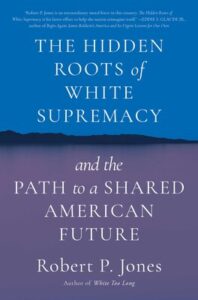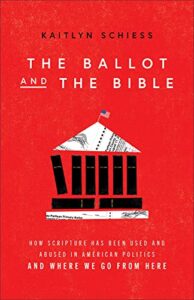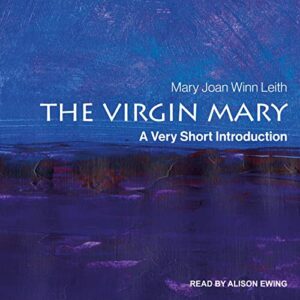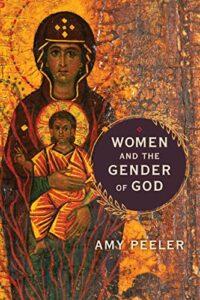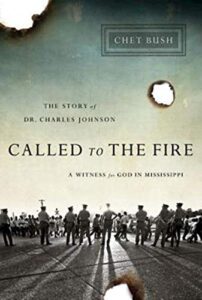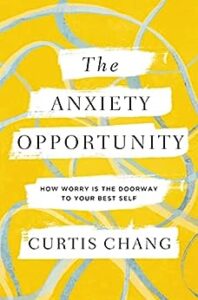 Summary: Many people know about Francois Clemmons because of his relationship with Mister Rogers, but this is Francois Clemmons’ story.
Summary: Many people know about Francois Clemmons because of his relationship with Mister Rogers, but this is Francois Clemmons’ story.
I picked up a hardcover of Officer Clemmons when it came out several years ago, but I just never got around to reading it. I was looking for a change of pace and picked up the audiobook a couple of days ago, and the audiobook is the right choice for this book. I am highly in favor of authors reading their nonfiction books in most cases. And this is an excellent example of why. Francois Clemmons knows his own story, and he can narrate it with the right emotion and inflection. He occasionally (not as much as I would prefer) sings when discussing one of the songs in the book. The story comes alive in a way that I do not think would have happened for me in print.
I have read many books by or about Mister Rogers, as did Clemmons. He says in the opening that when he decided to tell his own story of Mister Rogers, he read every book he could find and determined that his contribution could be telling the story as a Black Gay man because none of the other books had that perspective. Officer Clemmons is primarily a book about Francois Clemmons, not Mister Rogers—several reviews I have seen complained about that point. Francois and Fred Rogers met when Francois was in graduate school in Pittsburg and had a job as a singer at the Rogers’ church. It was Fred Rogers wife Joanne that Francois came to know first. And she and the music director at the church made sure that he met Fred. But that part of the story does not come until more than halfway through the book.
I am glad that there are many memoirs of people that were of the age to be in the civil rights era. People of that era are passing away quickly, and we must pay attention to their stories. Francois was born to a sharecropper family. The early violence, both racial and domestic violence, matters to his story. Early in the book, he tells the story of how the local landowners pressured his grandmother for sex for years. She complied because the threat of violence and repercussion were real. She was protecting her family and doing what the culture expected. At one point, her husband said she was not there when the landowner came to get her, and the landowners just shot him in cold blood. There was no legal intervention. No police came, and no inquiry was made. And this was not counted in any of the counts of lynching. At this point, Francois’ grandmother had never lived anywhere other than that home, a home that had not been painted in her memory. There is more to the story that is also tragic and important, but the proximate cause of Clemmons’ family to move from the south to Youngstown, OH, was ongoing domestic violence from his father. His grandmother tried to protect Francois’ mother and siblings from the violence, including shooting and wounding his father when his father attempted to force them to move back home.
In many ways, Youngstown was better, but it was not perfect. Racism was still prevalent even though the schools had been desegregated. And domestic violence was still a factor in his life. Eventually, after his stepfather beat him quite severely for going to a concert, he moved out into a friend’s home, a local pastor’s family. His parents attempted to go to the school to force Francois to move back home about a month after that last beating, but Francois resisted. In front of the principal and his parents and the pastor, and his wife, that was allowing him to stay with him, he took off his shirt to show the scars and bruises of the beatings. The (white) principal negotiated for Francois to continue to live with the pastor and his wife and for his parents not to interfere with the threat of reporting the violence to the police.
Read more
 Summary: A memoir grappling with the role of Esau McCaulley’s father, his growing up and maturity, and how his community of origin shaped him.
Summary: A memoir grappling with the role of Esau McCaulley’s father, his growing up and maturity, and how his community of origin shaped him. 